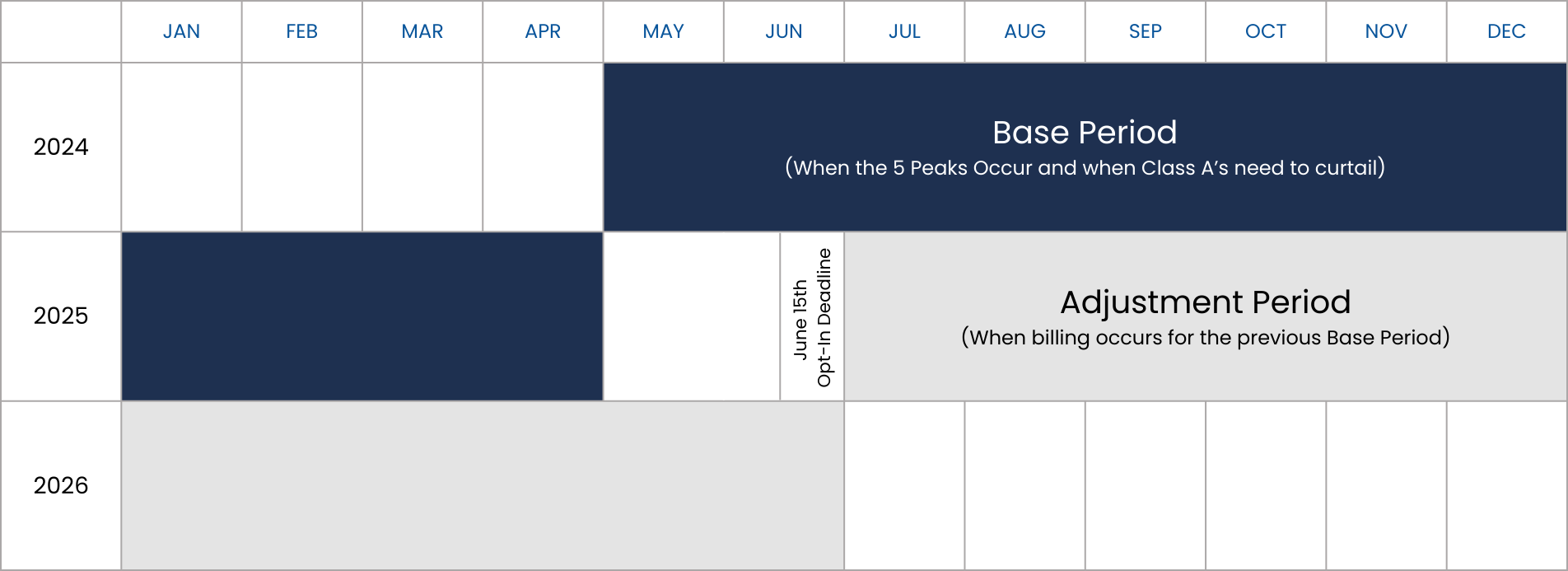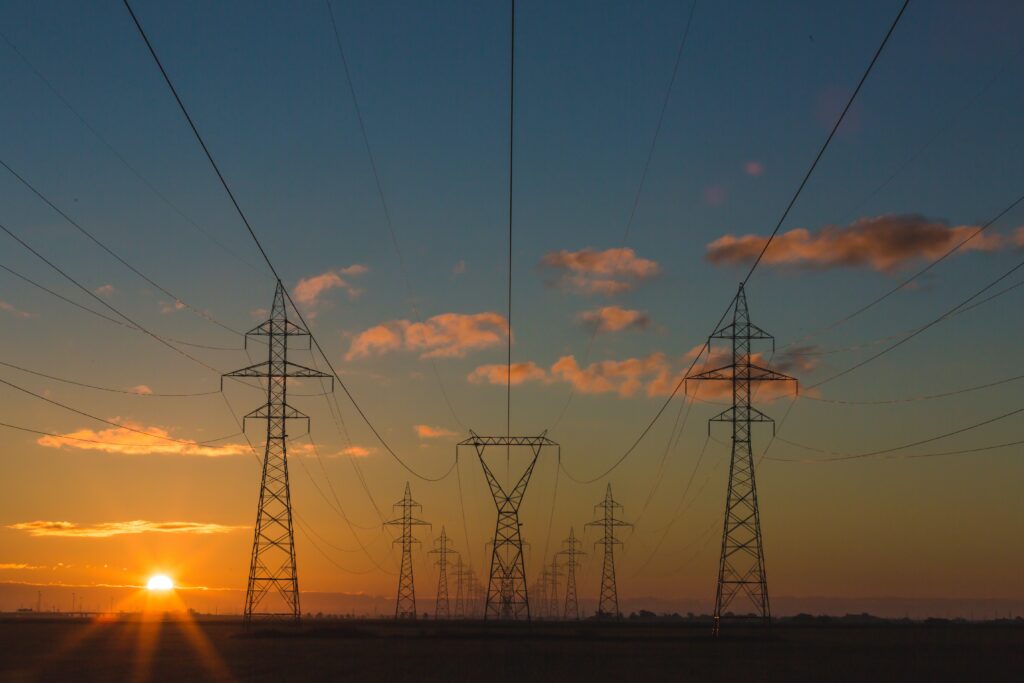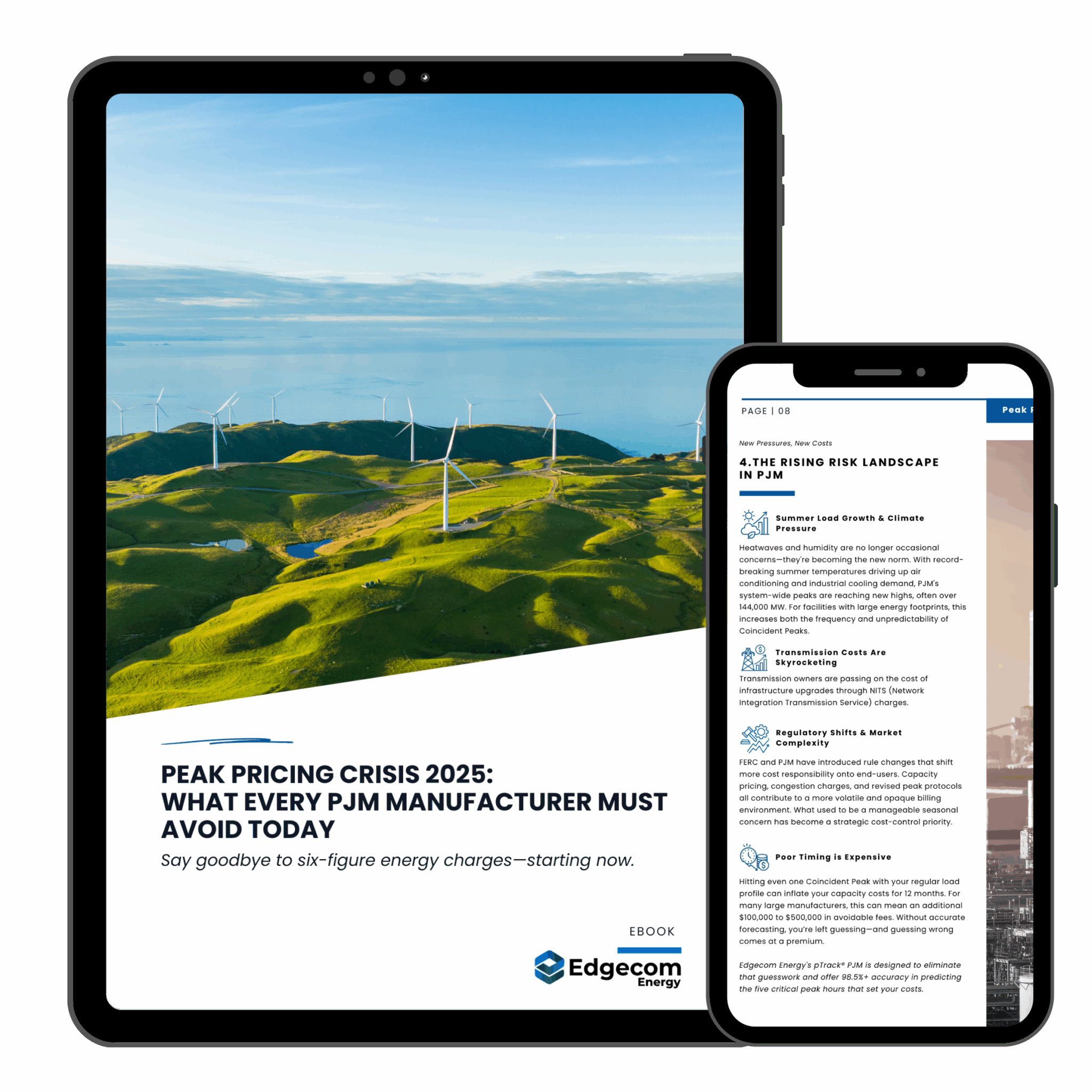What is Global Adjustment?
The Global Adjustment (GA) charge appears on the energy bills of Class A and Class B customers in Ontario, but what is it? This charge is used to cover the costs of various programs necessary to operate the Ontario electricity grid. More specifically, it reflects the difference between the wholesale market price of electricity and the regulated rates for the Ontario Power Generation (OPG) nuclear and hydroelectric generating stations. It also covers the difference between the market price, contracted rates paid to generators across the province, and the cost of conservation programs.
What is the Industrial Conservation Initiative (ICI)?
The ICI program allows Class A consumers to manage how much GA they pay. To participate in ICI, you must become a Class A facility with the IESO.
Class A or Class B?
Class A customers have the flexibility to save hundreds of thousands of dollars on their Global Adjustment by understanding and optimizing their electricity consumption on peak days. Becoming eligible as a Class A facility depends on your facility’s energy consumption and the industry it operates in.
You’re eligible to be billed as Class A if your average monthly peak demand is:
• 500 kW – 1000 kW and you operate a manufacturing or greenhouse facility
• Over 1000 kW in any sector (i.e industrial, shopping center, commercial building, event space etc.)
Class B customers cannot participate in the ICI and are charged a flat monthly Global Adjustment cost (per kWh).
I’m Class A, now what?
As a Class A customer, your Global Adjustment is charged based on your peak demand during the hours. These hours are times when the Ontario grid is under the most stress. The Ontario ICI program uses the Top 5 hourly peaks of each “Base Period” (more on Base Periods below) to calculate your contribution to the grid’s stress. These top 5 peak hours are known as coincident peaks. Your consumption during the peaks sets your Peak Demand Factor (PDF). Reduce your PDF, and you reduce the amount of GA you pay.
How is my PDF Calculated?

The Peak Demand Factor is calculated by dividing the sum of demand during the coincident peaks by the provincial demand during those same hours.
Note: The PDF and GA calculations are based on MWh and kWh, i.e., your ENERGY consumption during the whole hour and not actual demand. We call it demand to make it easier, but it’s actually energy.
This PDF is then used to calculate a monthly Global Adjustment charge for each Class A load facility.
What is the timeline for Peak Days and Cost Savings?
 The Base Period, also known as the “Base Setting Period,” is when a Peak Demand Factor is established.
The Base Period, also known as the “Base Setting Period,” is when a Peak Demand Factor is established.
The PDF, set during the Base Period, calculates the GA amount due on bills starting the following July. The billing period, which goes from July to July, is called the Adjustment Period. The provincial GA amount is posted monthly here. Class A customers can calculate their monthly GA by multiplying their PDF by the Total GA (M$).
Managing the ICI program effectively is one of the most cost-effective ways to reduce electricity costs. Understanding the ICI and GA is the first step in creating a curtailment strategy that works for your facility.
Edgecom Energy’s pTrack® is your premier solution for peak prediction! Harnessing cutting-edge data science, machine learning, and AI technologies, pTrack® delivers precise forecasts to help your facilities stay ahead of provincial energy demands and optimize consumption. Book a demo to learn more.

